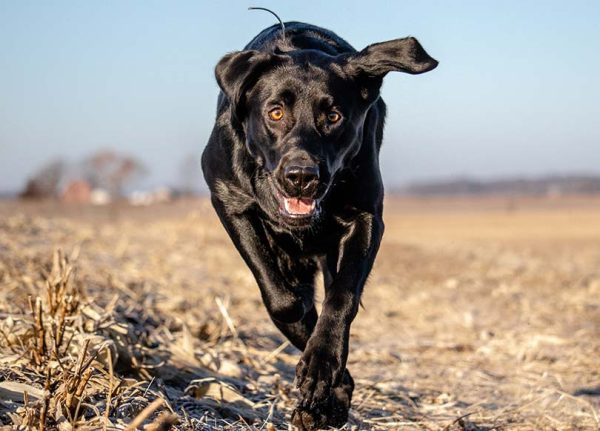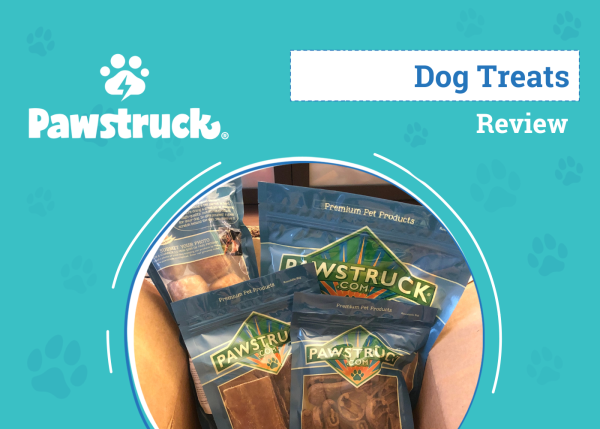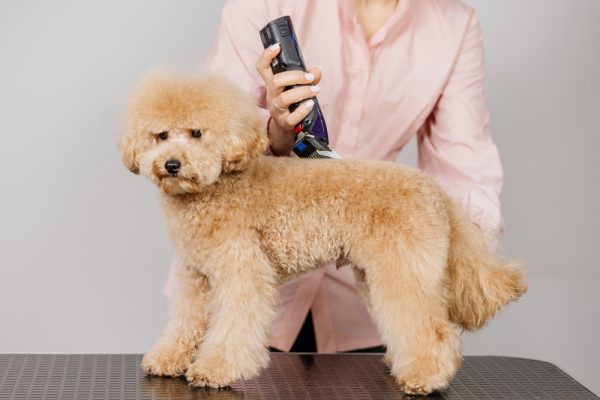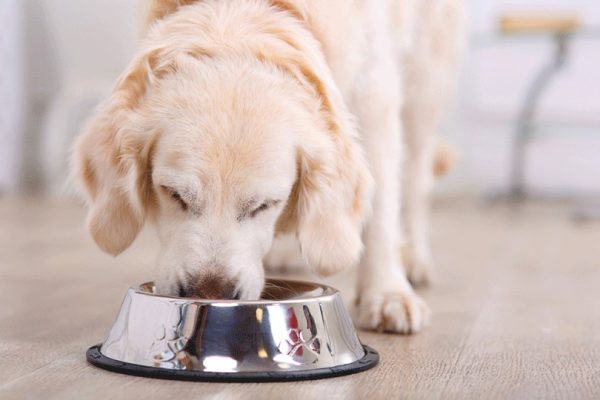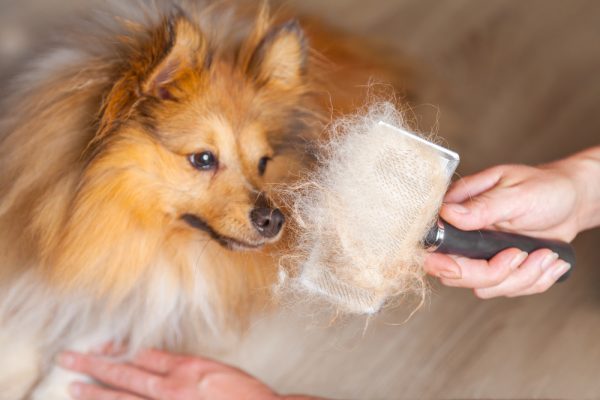In this article
View 3 More +Pugs and Boston Terriers have some obvious similarities. They are both small breeds and can adapt to life in an apartment or a house. They also have brachycephalic faces, which can lead to some breathing difficulties and respiratory problems. Both are also considered friendly breeds and make good companions.
However, there are also some significant differences. The Pug is an ancient breed that originated around 2,000 years ago, whereas the Boston Terrier was bred in the 19th Century. The Boston Terrier tends to be a little larger than the Pug, although it is certainly still a small breed. And, while both breeds will love their families, the Pug tends to be more laid back than the Boston Terrier while the Boston Terrier is more protective than the Pug.
Read on for more details on these and other differences between these two characterful small breeds and to help determine which is the right breed of dog for you.

Visual Differences
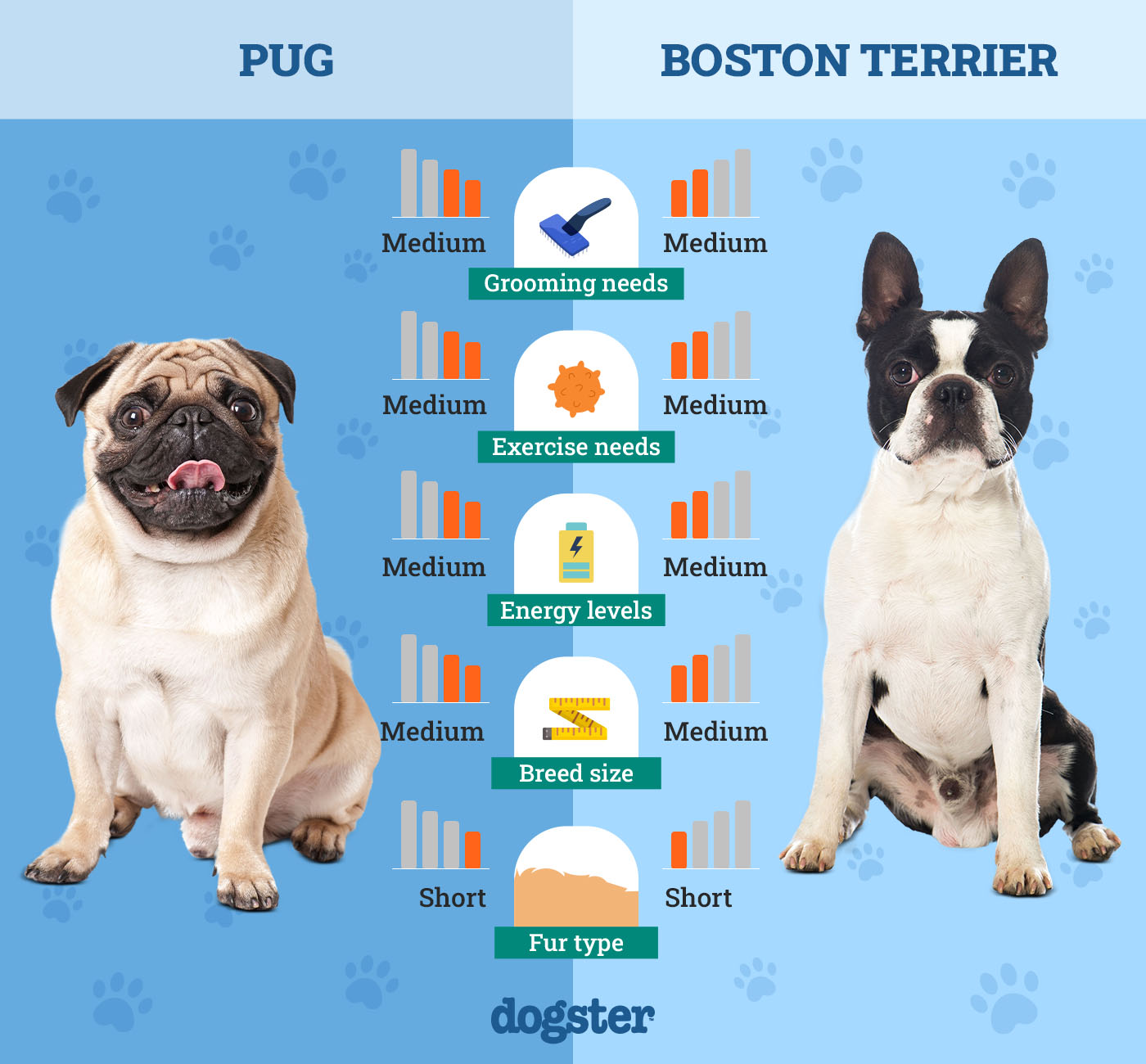
At a Glance
- Average height (adult): 10–14 inches
- Average weight (adult): 14–18 pounds
- Lifespan: 12–15 years
- Exercise: 60 minutes a day
- Grooming needs: Low
- Family-friendly: Yes
- Other pet-friendly: Usually
- Trainability: Can be lazy, may need a lot of work to learn commands
- Average height (adult): 12–15 inches
- Average weight (adult): 10–25 pounds
- Lifespan: 13–15 years
- Exercise: 60 minutes a day
- Grooming needs: Low
- Family-friendly: Yes
- Other pet-friendly: Usually
- Trainability: Intelligent and easy to train

Pug Overview

Pugs were first bred approximately 2,000 years ago to be companions to Chinese Emperors and Royalty. In the 16th and 17th Centuries, Chinese traders and it is believed that Dutch traders took Pugs and other Chinese breeds from China to Europe. The breed was quickly adopted by European Royalty and the breed continued its lineage as a companion to the elite classes.
In England, Pugs became especially popular during the Victorian times and the breed made its way to the US after the Civil War. It was recognized by the American Kennel Club in 1885. By the turn of the 19th Century, it had started to lose its popularity but became popular again in the 20th Century.
Personality/Character
The Pug was bred as a companion dog, and it retains many of the characteristics of a lap dog today. Most Pugs are unwilling to chase balls or take part in agility classes. With that said, they also like to please people, but they do so by being comical and somewhat playful when they aren’t curled up on your lap. This does mean that the Pug is very demanding of your time and requires a lot of attention to be happy. But it also means that Pugs will get along with other people and are welcoming of strangers.
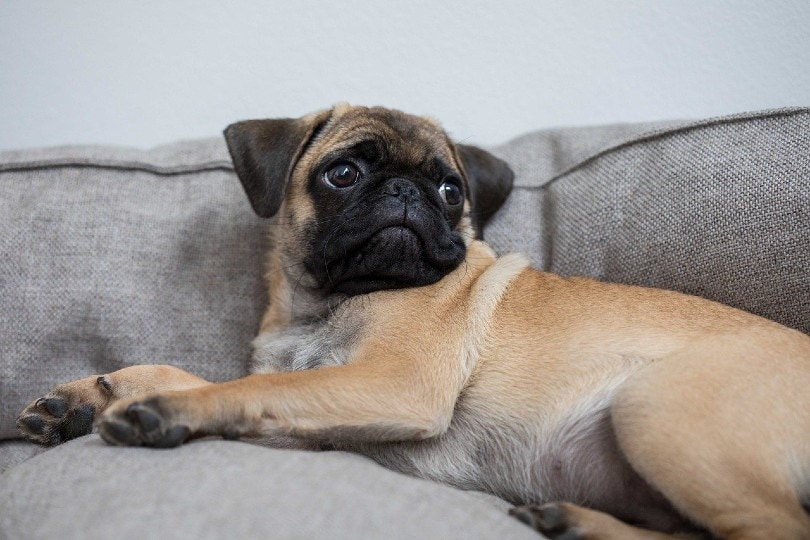
Training
The Pug can be lazy and may prove difficult to train, although that’s not to say that training is impossible. Ensure your Pug is well socialized from an early age, so it knows how to behave around new people and other animals. You can also enroll in puppy classes. Not only do these help with socialization because you will meet a lot of new people and other dogs, but it shows you how to train your dog and classes train the first few basic commands that your dog will require.
Keep training sessions short and consider using food-based treats because food does tend to work well with the Pug breed.
Health & Care
The Pug is somewhat susceptible to several health conditions and illnesses. It is especially prone to dry eye and other eye problems, caused by the prominent eye position. It can also suffer from skin and coat conditions including allergies and walking dandruff. Pug Dog Encephalitis is a brain disease that is specific to the breed, and it causes swelling of the brain and is usually fatal.
The short coat doesn’t require much brushing or grooming, but you may need to apply topical treatments for any skin conditions. You should brush your dog’s teeth three times a week and keep on top of nail trimming to prevent accidental scratching when the Pug jumps up for attention.

Suitable For:
Those looking for a companion breed and that have a lot of time to spend with their new dog. The Pug is a companion dog, and this not only means that it makes a good companion, but it also needs companionship from its human. It can live comfortably in an apartment, however, and while it will enjoy going out to meet people and other dogs, the breed does not require too much exercise.
- Good with people and usually with other animals
- Doesn’t require a lot of exercise
- Doesn’t need too much brushing or grooming
- Can be lazy and a bit difficult to train
- Can be very demanding of your time

Boston Terrier Overview

The Boston Terrier is a newer breed, certainly compared to the ancient Pug. The exact origin story of the breed is somewhat disputed. It is known that the American Gentleman came into being in the late 19th Century and it is largely accepted that the breeds used to create the lively little terrier were Bulldogs and White English Terriers. It is also known that a dog named Judge was the first of his kind and that he was much bigger than the modern Boston Terrier. Judge bred only once, resulting in an unattractive dog.
But while Judge’s single offspring was not considered attractive, he did have other desirable traits and was bred with various bitches. The first swathe of resulting dogs were known as Bullet Heads, Round Heads, American Terriers, and Boston Bulldogs: almost every possible name apart from Boston Terriers. It was only in 1889 when a group of breeders got together to form a breed club that they settled on the name Boston Terrier Club and so the breed’s name was born.
The Boston Terrier was likely bred to hunt rats initially, but it soon became popular as a companion breed and when it was accepted into the American Kennel Club it was as a non-working breed. By the early 20th Century, the Boston Terrier was the most popular breed in the US, and it remained as popular until the 1960s. It is now the 23rd most popular breed.
Personality/Character
As a terrier breed, the Boston Terrier is lively and energetic, although its size means that it doesn’t need too much intensive exercise. It is a lively breed but as well as getting along with family members, the Boston Terrier is usually happy to meet strangers and will get along with other animals, too.
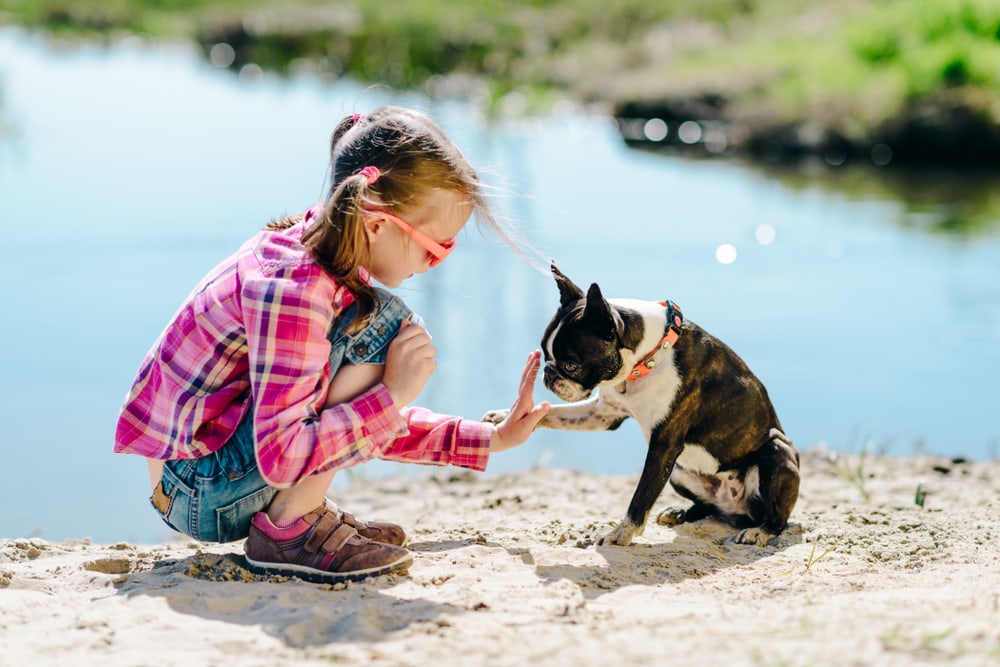
Training
The Boston Terrier is intelligent, and it can pick up training quickly, but it can also be stubborn which can set training back. Make sure you keep training sessions lighthearted so that your pup enjoys the time: this will give you a greater chance of successful training. You will also need to embark on regular socialization from a young age. This means introducing your Boston to new people, animals, places, and experiences to help desensitize them.
Health & Care
The breed is easy to care for, in terms of ongoing grooming. The coat is short and doesn’t need brushing too regularly. Brushing will help remove dead hair and ensure your dog is comfortable while also minimizing any shedding. You will also need to brush its teeth regularly and ensure that its nails are trimmed.
Common health problems tend to concern the eyes and the breed is susceptible to cataracts and cherry eye. The Boston Terrier is also more susceptible to heart murmurs and deafness and the breed is known to suffer from allergies.
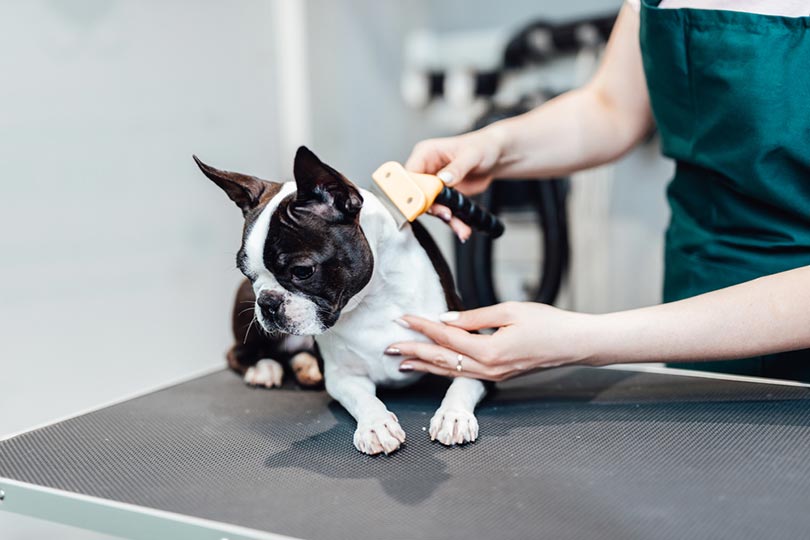
Suitable For:
The lively Boston Terrier can live in an apartment comfortably, thanks to its size, and this size also means that while the terrier does have plenty of energy, it doesn’t require intense exercise. Care levels are also quite low, and the dog is friendly and loving, if a little stubborn.
- Friendly and usually gets on with strangers
- Minimal grooming requirements
- Intelligent
- Can be stubborn
- Prone to certain health conditions, especially concerning the eyes
Seek veterinary advice if you’re concerned about your pet’s well-being.

Pug vs Boston Terrier: Main Differences
Differences In Physical Appearance
The Boston Terrier and Pug share some physical similarities. They are both small dogs and both have the squashed facial features of brachycephalic breeds. However, while the Pug is typically tan in color, the Boston Terrier is known for its black tuxedo and white base color. Both dogs do come in other colors, with the Black Pug and the Red Boston Terrier among the options. The Boston Terrier tends to be a little larger than the Pug, although still not a large dog breed.
Companion Dogs
The Pug was born and bred as a companion dog. It was favored by royalty in Ancient China and then became popular with Royal families across Europe as its popularity spread. The Boston Terrier, on the other hand, was originally bred to fight rats and comes from Terrier stock. However, the breed soon became known as a companion dog, like the Pug, and this is certainly its classification today.
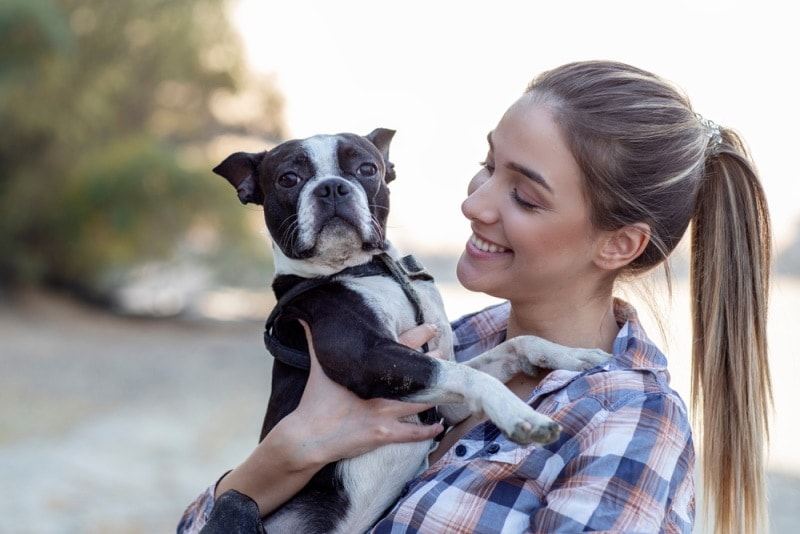
Behavior
The breed’s origins go some way to explaining the differences between these two breeds’ personalities. The Pug is very laid back, clearly accustomed to spending its time curled up on laps. The Boston Terrier is livelier, and it does require a little more work. The Pug can be more difficult to train because of its laid-back attitude, although the Boston Terrier can have the stubbornness of a typical terrier which means it may also prove a bit of a challenge to train.

Which Breed Is Right for You?
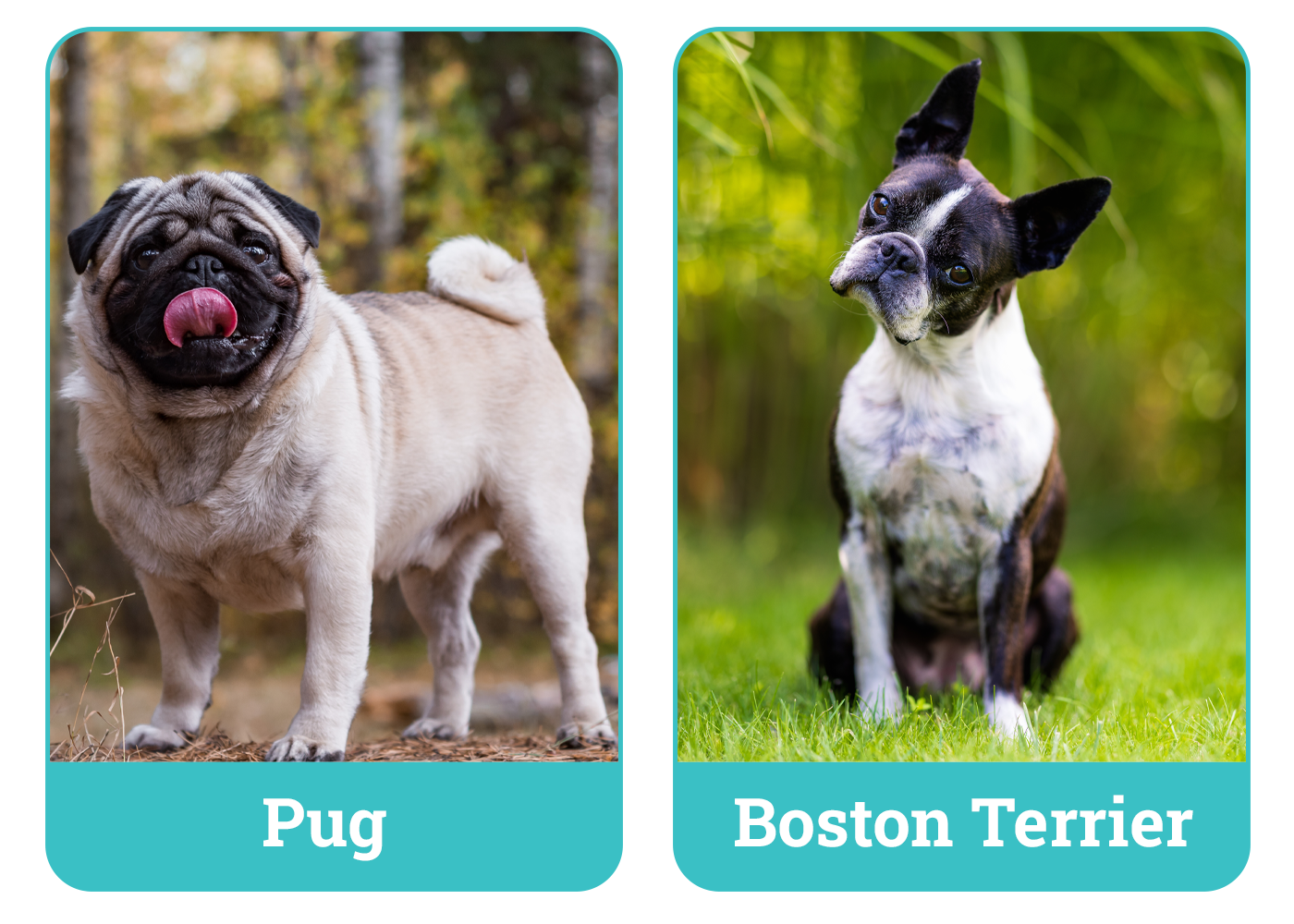
Both breeds can make excellent pets for the right owners. The Pug prefers to spend its time sprawled out with its owner, while the Boston Terrier does have a little more pep in its step. Neither dog requires excessive amounts of exercise, but you should expect to have to go the extra mile to wear the Boston Terrier out when compared to the Pug.
See Also:
- 10 Breeds That Are Similar to Pugs (With Pictures)
- Pug vs Bulldog: Differences Explained (With Pictures)
Featured Image Credit: Top – Erin Minuskin, Unsplash | Bottom – Zakharova_Elena, Shutterstock




